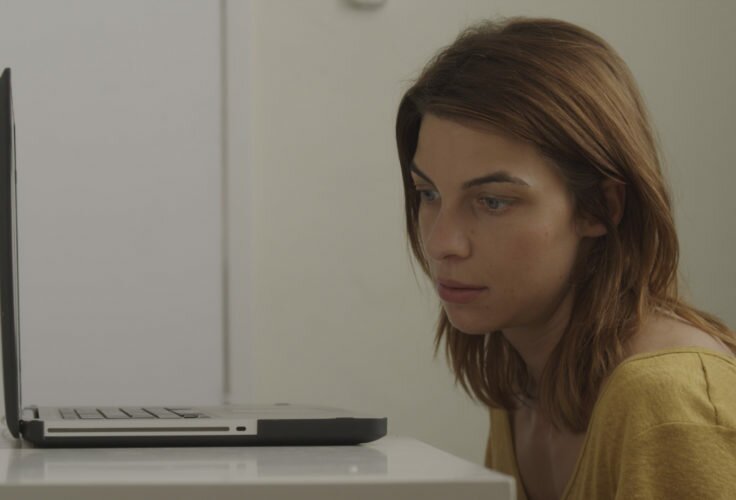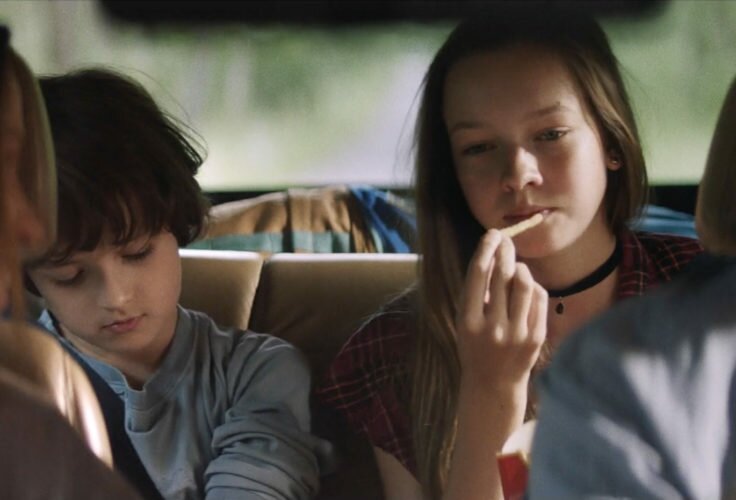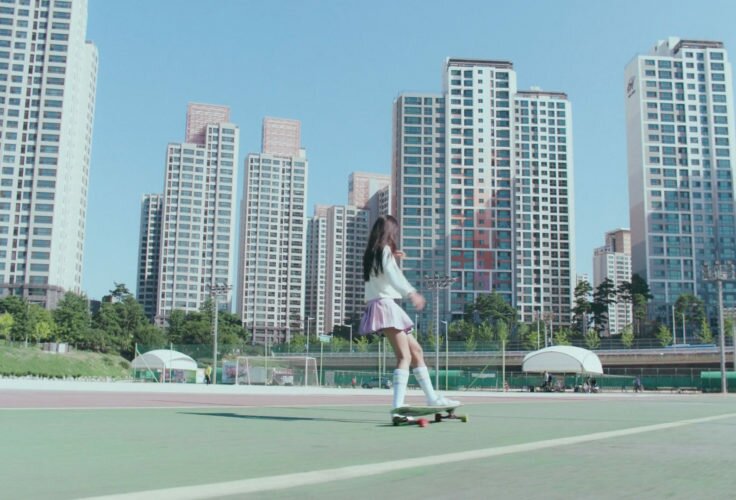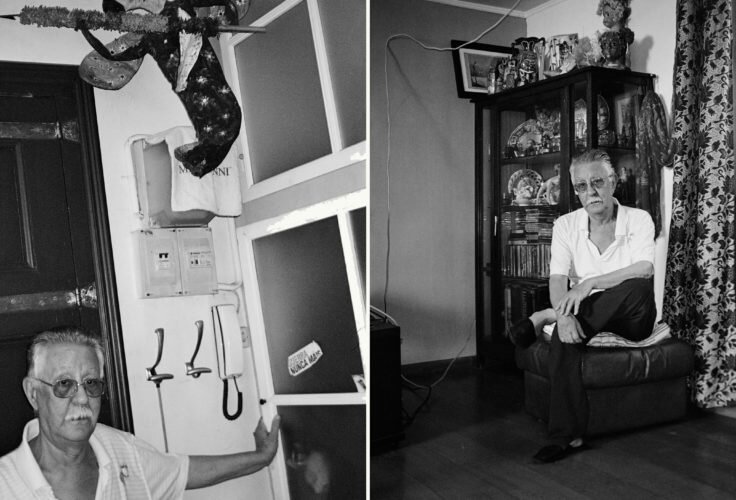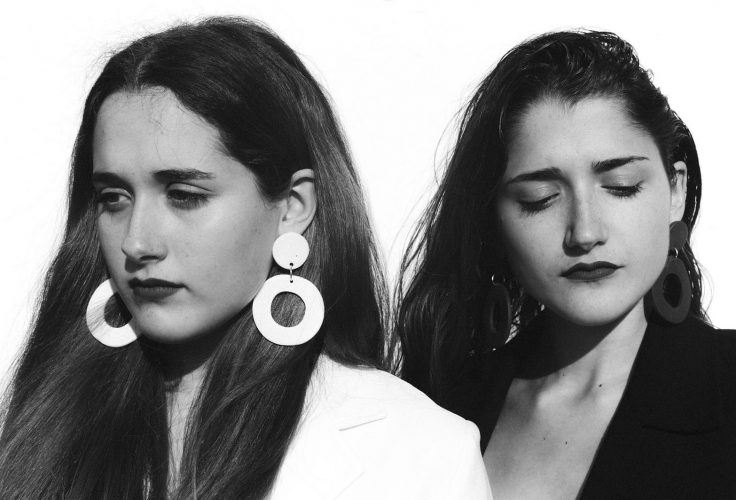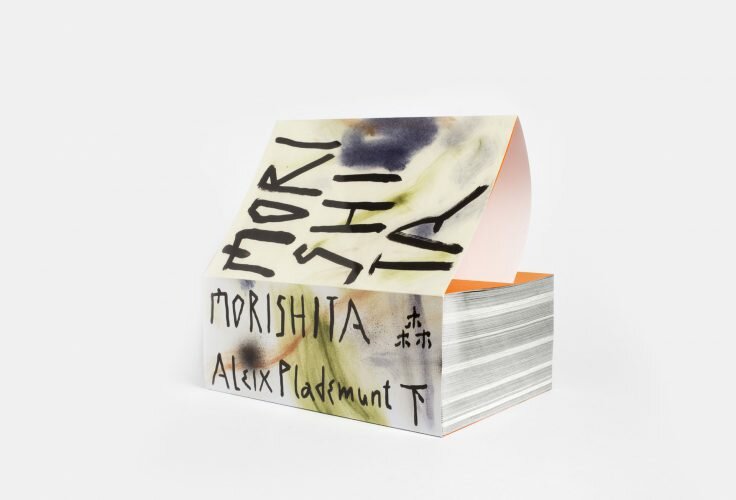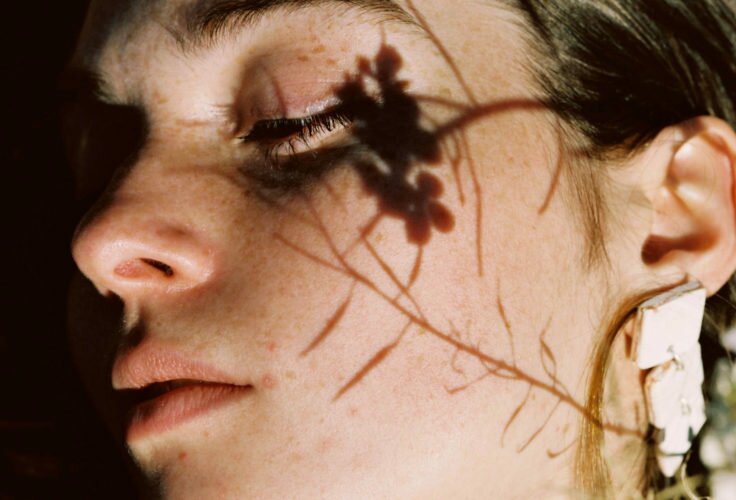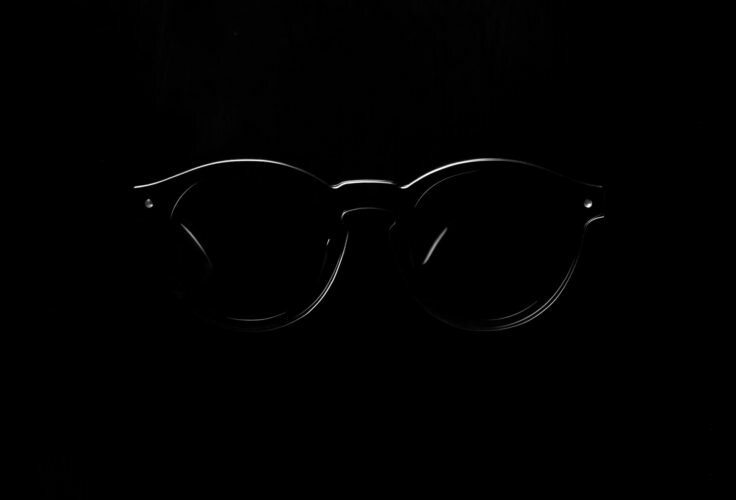Estefanía Guilarte went to a mass-rave and saw the light: now she can talk to us first hand about the hipsterisation of the Church.
A (frican)–


From our Western perspective we don’t see life in colour, not even in black and white: we only see it in white. The only Africans that an average European woman, like me, ever sees are the ones selling fake designer bags, on those appearing on TV when a new famine devastates the horn of Africa, or those featured on the pages of Hello! magazine when there’s a special article on humanitarian ambassadors with Angelina Jolie.
Besides, though it might sound a bit punk, I don’t usually enjoy being surrounded by misery and . But, hey, to each her own: if you want to spend your savings in a DSLR and photograph kids with glassy eyes due to severe hunger and then post them to your Instagram account with tags such as #Happiness or #Innocence, then up to you.
But in Africa, apart from coltan mines to feed you new smartphone and little girls raped by Boko Haram and his acolytes, you can also find a new wave of… It-girls. Yes, talking about It-girls in Africa sounds like I’m out of my head; but there are many, and they rock!
It goes without saying that Africa isn’t a country, but a huge continent (much more so than what you really think: have a look at the Peters projection). Among all that forest and desert, there are several countries that are actually doing quite well, in particular in those capital cities that are now experiencing considerable economic and democratic growth. It’s in this kind of environment, with an Internet access rate that will double before 2020 in sub-Saharan Africa to reach 800 million people, where the new It-girls are and will continue popping-up to beat the shit out of their dull Western counterparts.


http://accradotaltradio.com blog captures


blog captures
Because our very own It-girls are all about posing and brands, whereas A-girls sell race and class pride, politics and feminism through their social media accounts. They’re girls living in countries such as Cameroon, Kenya, Ghana, Nigeria and their surroundings, and have nothing to envy, style-wise, their cousins in New York, Washington or Boston. And when I say cousins I mean that literally: the ports of these sub-Saharan countries were the main slave exporters to the United States. Even more so: many fashion synergies between African countries and big fashion capitals are being created as we speak. Take as a couple of examples: brands Studio 189 and Osei-Duro.
A-girls have smashing style and aren’t shy at all when it comes to claim Black Power through their looks. Some trends, such as #NaturalHair for instance, use African natural curly hair as a symbol of revolution. Enough of wigs, of straightening their hair and dying it strange colours: African women have curly, strong, black hair. That’s why a legion of African Instagrammer soldiers is defending their hair as an identitary icon. Besides, they take advantage of any opportunity to sport their total Black Look and accompany it with tags such as #WomanEmpowerment, making clear that they are much more than just black beautiful faces.
The idea that hair is something more than just what you comb with a pair of GHD straighteners is something that goes way back. Even during the years of slavery in America, masters gave their favourite slaves a hair straightening treatment, something that made them go up in the social ladder and obtain a certain degree of “dignity” by giving up, in exchange, their race identity. That’s why a lot of women today are joining the nappy (natural and happy) movement in order to get back and grant value again to their race identity through their hair. In the funny documentary by Chris Rock you can learn all the necessary details to understand the history of capillary slavery, even though the Bible of natural hair is the style blog Les afronautes, by Cameroons’ .
But this isn’t only about hair; it has to do with clothes as well. The A-Girls are recovering traditional African patterns, like Kente or Batik, and adapting them to the new trends; with them, they make crop tops and pencil skirts that would render the big maisons de mode speechless. On top of that, in Africa, patterns have a lot more meaning than each season’s fashionable colours. In their culture, colour and shape are identitary questions related to tribe and lineage (families dress using the same print on special occasions, for example). For that reason, what they are willing to do through fashion is more than individual reaffirmation, but rather a collective one.
To grasp this, it’s worth the while visiting , a true fashion icon made in Ghana that, on top of that, stars in a web series already becoming quite popular, An African City. Or checking , the Nigerian publicist and editor of Pop’Africana, who is very clear about the fact that there’s more to a girl’s life than clothes and for that reason organizes events such as A brunch of girls to foster female empowerment.
It’s a fact that fashion, in one way or another, has always been linked to the feminist revolution: from classic examples such as flappers getting rid of their corsets or hippies burning their bras, to more recent ones like the “real women” cliché, overexploited by ad campaigns that at the same time are only trying to sell you other product to stop being curvy sexy. But in our white world, in many cases these aren’t much more than mere aesthetic mini-revolutions, totally devoid of political and feminist content, nothing more than strategies to sell more anti-cellulite cream.
In the end, we all come from the horn of Africa (except Catholics, of course). And it’s probably towards the black continent where we need to turn our eyes in order to discover its trends (for example, web site Accra[dot]Alt) and find again our identity as women, independently of the colour we’ve been given at birth.





